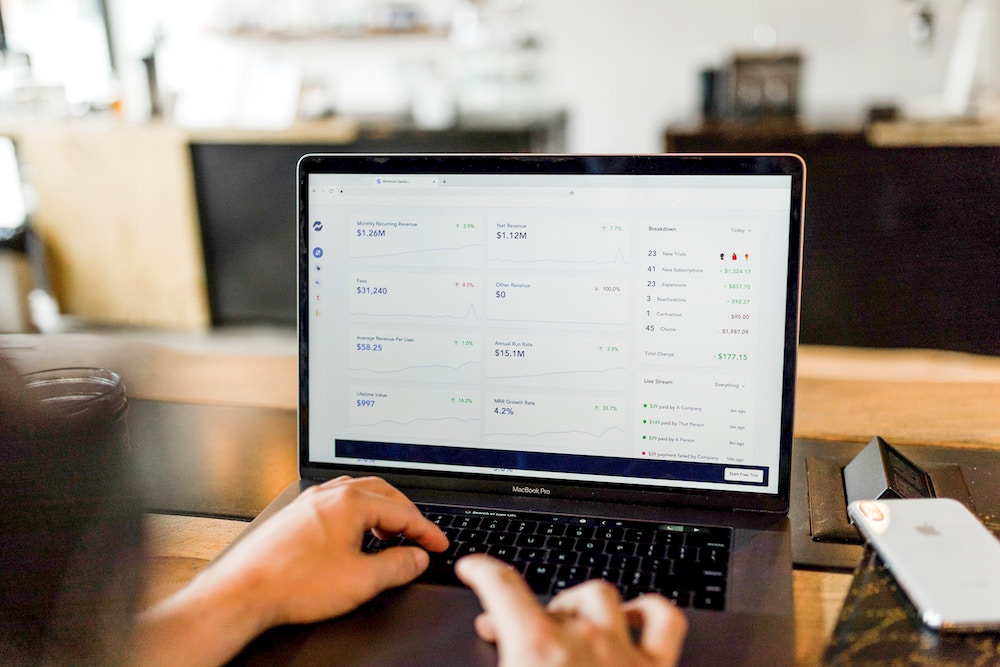
02 Dec On Page Checklist For SEO: Everything You Need To Know
Posted at 16:50h
in SEO
If a tree falls in a forest and no one is around to hear it, does it make a sound? Similarly, if you make a website and no one visits it, are you really growing your business? SEO is important for any business owner, but many don’t know where to start. Here’s an on-page checklist for SEO to help you get started.
On-Page Checklist for SEO
- Integrating keywords naturally: It’s no secret your pages need to have keywords. However, a lot of people end up overstuffing their pages with keywords or write awkwardly structured sentences to make their keyword “work.” The more robotic your content sounds, the harder it is to digest. In an age where everyone on the internet skims and scans, you want to make sure your content is easily consumed and understood. Not awkward or forced.
- Readability: Subheadings, passive writing, and sentence length all affect your readability. Failing to break up your text into subsections with headings will make your text hard to read. Subheadings alert your reader of a topic change and make your content more digestible. Long sentences can also hinder your page’s readability because they are generally hard to follow. Make your sentences straight forward and impactful, not long and wordy. Lastly, avoid the passive voice. People better understand active voice than passive voice. Make it easy for your readers and use an active voice.
- Inbound links: Internal links are links that send the reader to another page on your site (hence, “internal”). This gives you the opportunity to guide the reader. Do you want to take the reader to another related page that you feel is important? Link it. If a certain page gets a lot of links, Google will take the hint and mark the page of higher importance.
- Outbound links: Outbound links are links that send the user to other websites that aren’t your own. Why do this? To credit the source of content and to add value to your page.
- Image alt-attributes: Besides making your page more attractive, images are also great for SEO purposes. If you’re adding an image to a page, make sure the file name includes your keyphrase. This improves your accessibility (for those with screen readers) and improves your chances of ranking for image search.
- Meta description: Every page needs a meta description. A good meta description tells the user what the page is about and encourages the user to click the link to your page. You can also include a call-to-action here. However, your keyphrase needs to be embedded somewhere in your meta description. This will accurately describe what the page is about.
- Include keywords in your subheading: Your headings reflect your topic, which is also (usually) your keyword. By including your keyword in your headings, you can tell the reader the main focus of your page. Also, headers increase readability (which is good for SEO!). Pages without headers look like one long text block, which can be hard to read.
- Use keyword synonyms: A lot of people suspect you have to copy your keyphrase word for word, but that’s just not true. Synonyms and near-phrases can also rank alongside your keyphrase. If you’ve found a variation of your keyphrase that works better, don’t be afraid to use it!




